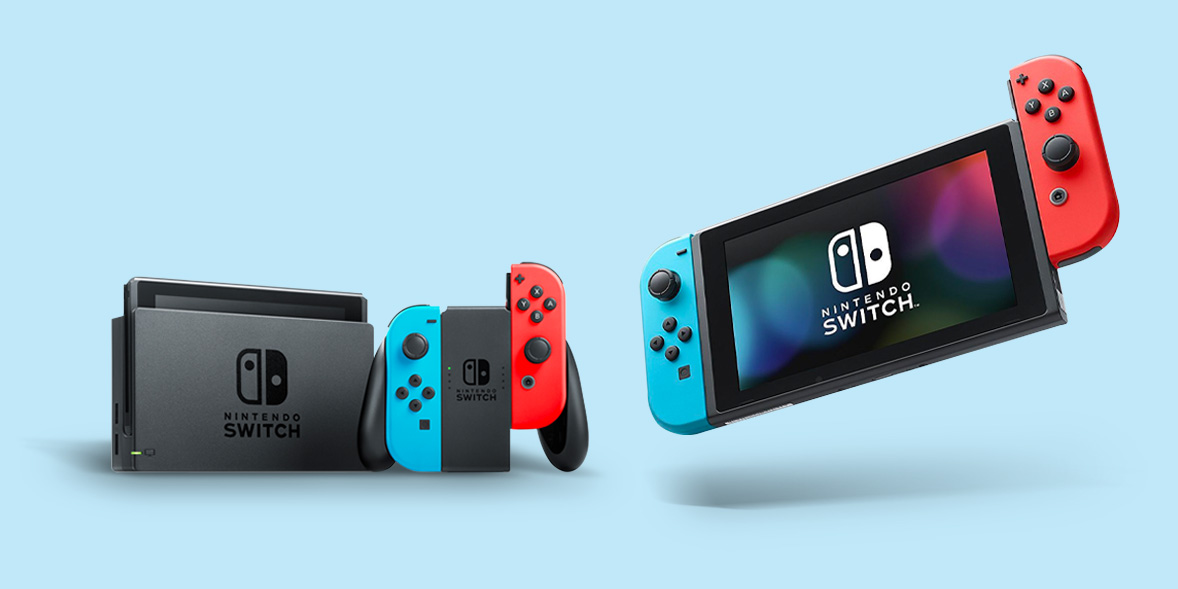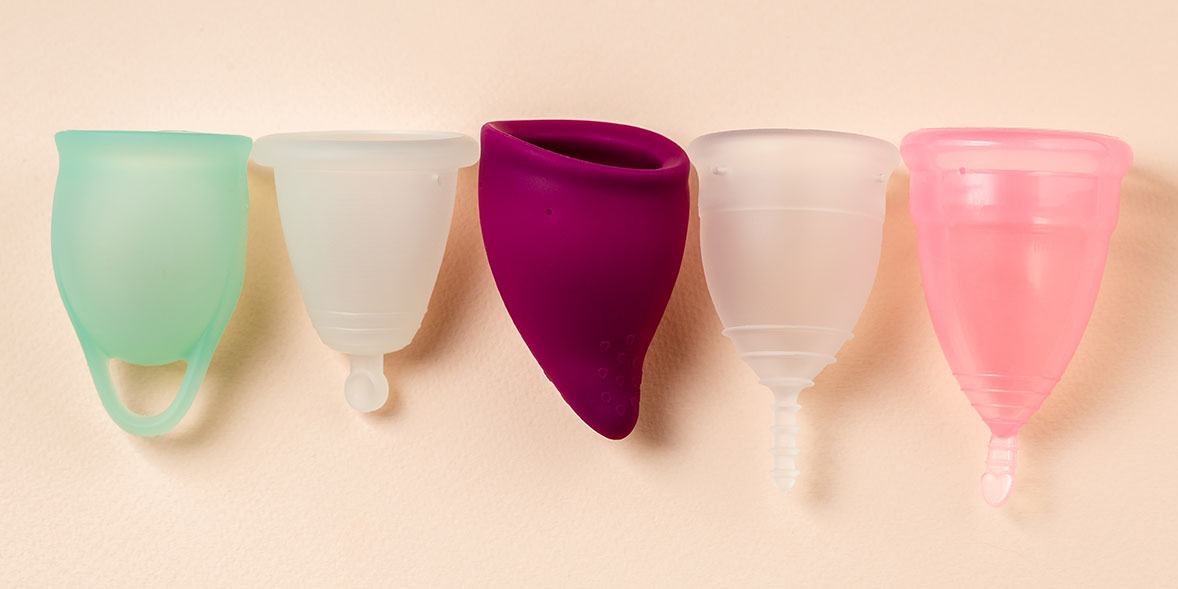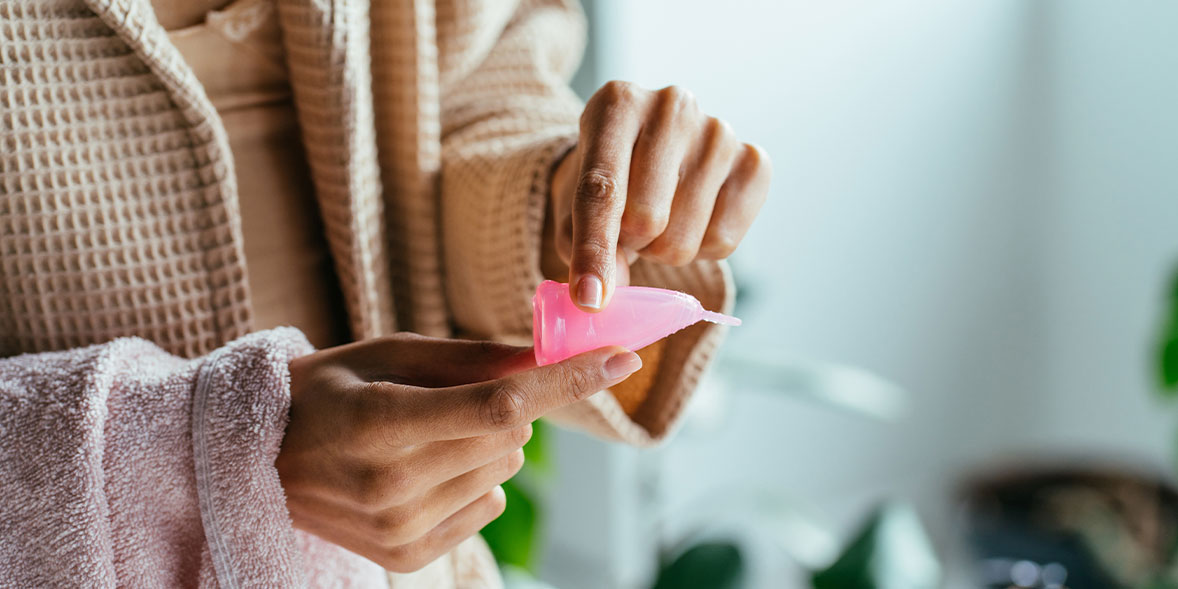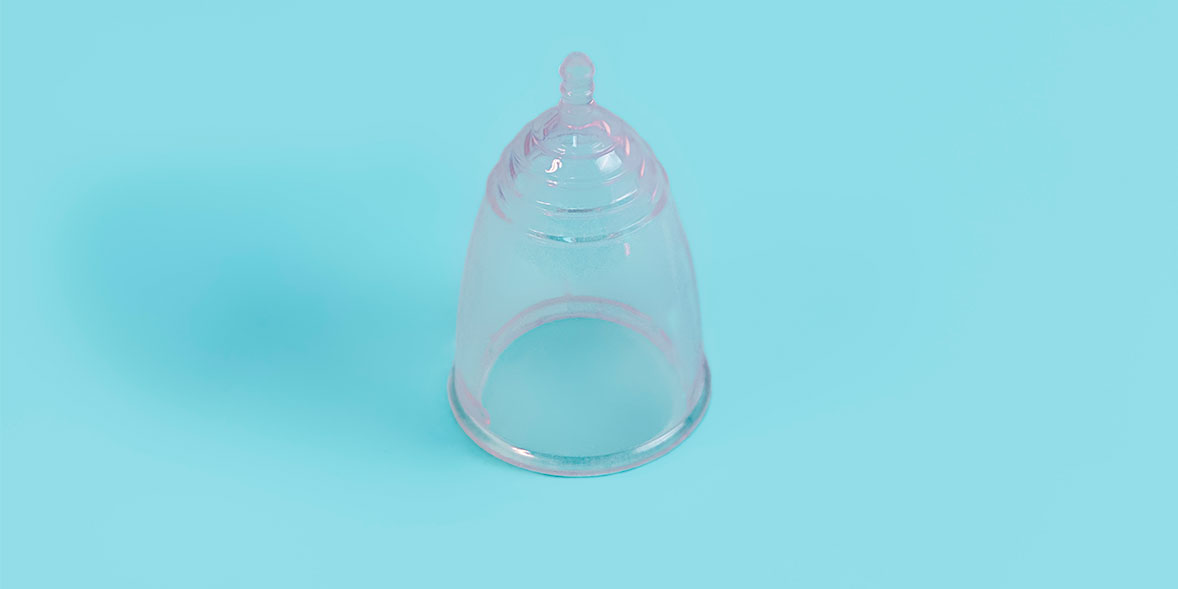
Best Nintendo Switch deals May 2024
02 May 2024
By clicking a retailer link you consent to third party cookies that track your onward journey. If you make a purchase, Which? will receive an affiliate commission which supports our mission to be the UK's consumer champion.

Menstrual cups are reusable silicone cups that you insert into your vagina like a tampon to collect menstrual fluid.
Typically costing £15-30 up front, and with a lifetime of around 10 years, they are gaining popularity as a cheap and eco-friendly alternative to disposable and plastic-based period products.
It can however take some trial and error to find the right one for you, and get the hang of using one.
Here, we explain the key things you'll need to consider, typical costs and what to be aware of.
Plus, we reveal how users rated popular brands including Mooncup, Divacup, Tampax and Boots for things like comfort and leak protection, based on our unique survey of menstrual cup users.
Tips for living well - get our free Food & Health newsletter: shop savvy, eat well, stay healthy
In December 2021, we asked 382 people who had used a menstrual cup in the past two years to tell us whether they thought the brand or brands they used were good for comfort, durability, value for money, and protection from leaks.
Logged-in members can see the full results below. If you're not yet a member, sign up to get access to this and our other expert reviews and advice.

Cost: £17
Sizes:
Boots own-brand menstrual cups are made from medical-grade silicone.
Boots categorises its menstrual cup sizes as 'pre-birth' and 'post-birth,' which is a bit reductive, but it broadly corresponds to the same two-size system as the other menstrual cups.
How users rate the Boots menstrual cup – log in or sign up to Which? to see what users thought of these cups.
Available to buy from Boots

Cost: £27.50
Sizes:
Along with Mooncup, DivaCup was one of the first companies to bring menstrual cups to the market. They come in three sizes, and are made from medical-grade silicone.
How users rate the DivaCup – log in or sign up to Which? to see what users thought of these cups.
Available to buy from Amazon

Cost: £21
Sizes:
Mooncup is perhaps the best known menstrual cup brand, and was one of the first on the market in the UK. Mooncup was the most commonly owned brand by users in our survey. Like other cups, they are made from medical-grade silicone.
How users rate the Mooncup – log in or sign up to Which? to see if the original is the best.
Available to buy from Mooncup, Asos, Amazon, Boots and Planet Organic

Cost: £23.50
Sizes:
Tampax may be best known for manufacturing disposable period products, but it has expanded its offering into reusables with these menstrual cups made of medical-grade silicone.
Tampax classifies its sizes by menstrual flow, which is less common, but you can still compare sizes with other brands to see which might fit best.
How users rate the Tampax cup - log in or sign up to Which? to see what users thought.
Available to buy from Amazon and Boots
See our pick of the best hair dryers

We could only include user insights for brands where we received 50 or more responses in our survey, so while our list above covers the brands that the most people had tried, there are a number of other menstrual cups available to buy.
Other brands include:

The best menstrual cup for you will come down to personal preference, and will depend on your body and how you feel using one. So don’t be discouraged if it takes a few tries to find the right one, or to get in the swing of using it.
Some respondents in our survey said it took a while to get used to their menstrual cup and find a comfortable position, but overall 61% told us they liked or loved their menstrual cup.
What to consider when choosing:
Most menstrual cups are made with medical-grade silicon, while some are made from medical-grade TPE (rubber and/or plastic). Both are safe and durable; it shouldn’t make a difference unless you have an allergy to either material, but you might find one type more comfortable.
Most brands have at least two sizes, one that's a bit smaller for users who are under 30 and have not given birth vaginally, and one that's slightly larger for those who have given birth vaginally, or are over 30. Some brands offer a specific smaller teen size, too.
The length of the cup or stem you want (which differs slightly between brands) depends on how low your cervix sits during your period. This is where you might need to experiment with fit a bit. You can also use your fingers to judge how low your cervix is sitting.
Once you've figured out a comfortable position for your menstrual cup, you can trim the stem if necessary so you don't feel it – it shouldn't be sticking out.
Most menstrual cups have a larger capacity than a standard tampon. For example, a Mooncup holds 30ml of fluid, while a super tampon holds up to around 12ml.

Some cups are more soft and pliable while other are more firm. Some people might find softer cups easier to insert, and those with sensitive bladders may prefer a softer cup it won't have the same level of outward pressure as a firmer cup.
Firmer cups tend to be easier to pop open though, so can be quicker to situate it inside your vagina.
Again, this is a matter of personal preference and might take a bit of experimentation to get the right fit. You should be able to find some information about the firmness of the menstrual cup on brand's websites.
Most cups are shaped in a similar bell/funnel style, but there can be slight differences in width and length.
There are also menstrual discs that are shaped more like a shallow bowl, without a stem. These tend to be one size fits all, and some can be worn during sex. It may take a bit of trial and error to get the hang of inserting and removing them.
Though a menstrual cup is a bigger one-off expense than a pack of tampons or pads, it should easily pay for itself over time. Unlike period pants, you can manage with just one during a period, though you might prefer to have a back-up and some brands sell twin packs.
A Mooncup (£21) breaks even in cost after about 10 packs of regular Tampax cardboard applicator tampons (£1.90 for 20), and should last much longer.

In our survey, people were overall more positive about their experiences with menstrual cups than negative – 61% said they liked them compared with other sanitary products.
Here are the top fives pros and cons from users of menstrual cups:
*% of those who said they liked/disliked vs other sanitary products
Not sure menstrual cups are for you? See our full guide to eco menstrual products for alternative options including period pants, washable pads and reusable tampon applicators

Menstrual cups owe much of their popularity to their eco-credentials, and recent studies have shown that this is warranted.
This is largely down to just how much plastic-containing waste single-use disposable sanitary products create – in their production as well as disposal.
A recent UN-sponsored report found that menstrual cups were the most environmentally-friendly option for managing your menstrual flow, and that – taking into account production and packaging – the environmental benefits of a menstrual cup over disposable tampons is borne out over just a few months.
Menstrual cups are mostly made from silicone, which can only be recycled at specialist facilities, but it is generally less resource-heavy and polluting than plastic.

During your period, you can simply rinse your menstrual cup with water or wipe it with a tissue after emptying it, and reinsert it.
In between periods, and before using your menstrual cup for the first time, you should boil it in a pan of water (which should only be used for this purpose) for 5-10 minutes.
This is one of the more obvious impracticalities of using a menstrual cup. But as they have become more mainstream, a whole mini-industry has popped up to make menstrual cup cleaning simpler.
Some brands, including DivaCup and Lunette, sell menstrual cup cleansers, and there are also wipes available (which could put a bit of a dent in the eco-credentials of your cup).
Some brands sell small sterilising pots which you pop in the microwave to steam clean the cup, which seem like a neat solution, and others make standalone steamer units.
The microwave versions are cheaper, around £10, while steamers tend to be more like £30. For example, Hey Girls sells a microwave cup steamer for £10 – available from Hey Girls.

Many users report keeping their menstrual cup for years, and brands say that with proper care and cleaning, this can be done up to around 10 years.
Check your cup for signs of degradation regularly. Signs that your menstrual cup needs replacing include:
Toxic Shock Syndrome (TSS) is a rare but serious condition that can result from using tampons, and is an issue that can also happen with menstrual cups.
Make sure you follow the cleaning instructions above and change your menstrual cup as regularly as the manufacturer recommends.
Brand insights based on a survey of 362 menstrual cup users in December 2021.
Sample sizes by brand: Boots (72), DivaCup (72), Mooncup (148), Tampax Cup (61). Minimum sample size per brand was 50 – we didn't receive enough responses to report on all menstrual cup brands.